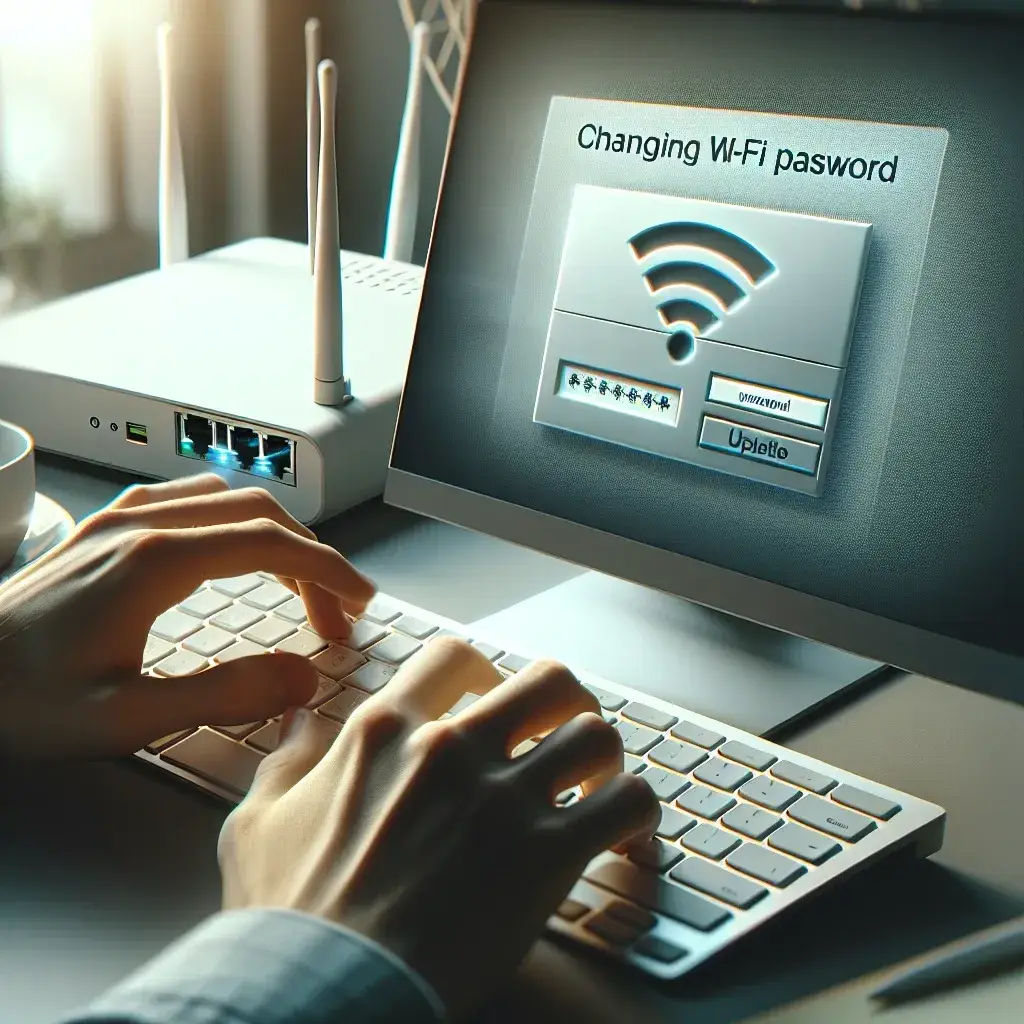Changing your Wi-Fi password is a crucial step in enhancing the security of your wireless network. Whether you suspect unauthorized access or simply want to update it periodically, knowing how to change your Wi-Fi password is essential. In this guide, we’ll walk you through the process to ensure your home network remains protected.
Why Changing Your Wi-Fi Password is Important
Your Wi-Fi password acts as a barrier between your personal information and unauthorized users. Regularly updating it helps protect against:
- Unauthorized Access – Prevent others from piggybacking on your network.
- Data Theft – Secure your sensitive information from being compromised.
- Network Performance – Ensure optimal speed by controlling who accesses your network.
Steps to Change Your Wi-Fi Password
Step 1: Log into Your Router
To change your Wi-Fi password, you’ll need to access your router’s settings. Typically, this can be done through a web browser using a specific IP address, commonly 192.168.1.1 or 192.168.0.1.
Step-by-Step Guide:
| Step | Action |
|---|---|
| 1 | Open a web browser and enter the router’s IP address in the address bar. |
| 2 | Login using the router’s admin username and password. This information is usually printed on the router. |
If you haven’t changed the default login credentials, they are often “admin” for both fields. If you’ve changed them and forgotten, you may need to reset your router.
Step 2: Access the Wireless Settings
Once logged in, navigate to the wireless settings section. This is where you can manage your Wi-Fi network’s SSID (network name) and password.
Common Router Brands and Navigation
| Brand | Navigation Path |
|---|---|
| Linksys | Wireless > Wireless Security |
| Netgear | Wireless > Security Options |
| D-Link | Setup > Wireless Settings |
| TP-Link | Wireless > Wireless Security |
Step 3: Change Your Password
Locate the field for the Wi-Fi password, sometimes labeled as “WPA-PSK Key” or “Network Key”.
- Enter a new password of your choice. Use a combination of letters, numbers, and special characters to make it strong.
- Save your changes and wait for the router to update. This may take a few minutes.
Once updated, you will need to reconnect all your devices using the new password.
Tips for Creating a Strong Wi-Fi Password
When creating a new password, following these guidelines can enhance the security of your network:
- Length: Make it at least 12 characters long.
- Complexity: Use a mix of uppercase and lowercase letters, numbers, and symbols.
- Uniqueness: Avoid easily guessable passwords like “password123” or sequences such as “123456”.
- Memorability: Choose something you can remember but others cannot easily guess.
Troubleshooting Common Issues
Can’t Log into Router
If you’re unable to log into your router:
- Ensure you’re connected to the network.
- Check the IP address. It might be different, consult your router’s manual.
- Reset the router if you’ve forgotten the admin credentials.
Devices Not Reconnecting
If your devices are not reconnecting after the password change:
- Forget the old network on your device and reconnect using the new password.
- Restart your device to refresh the network settings.
- Check if the router’s settings were saved properly.
Conclusion
Regularly changing your Wi-Fi password is a straightforward yet effective way to secure your home network. By following the steps outlined in this guide, you can protect against unauthorized access and ensure a safe browsing experience for all your connected devices.

